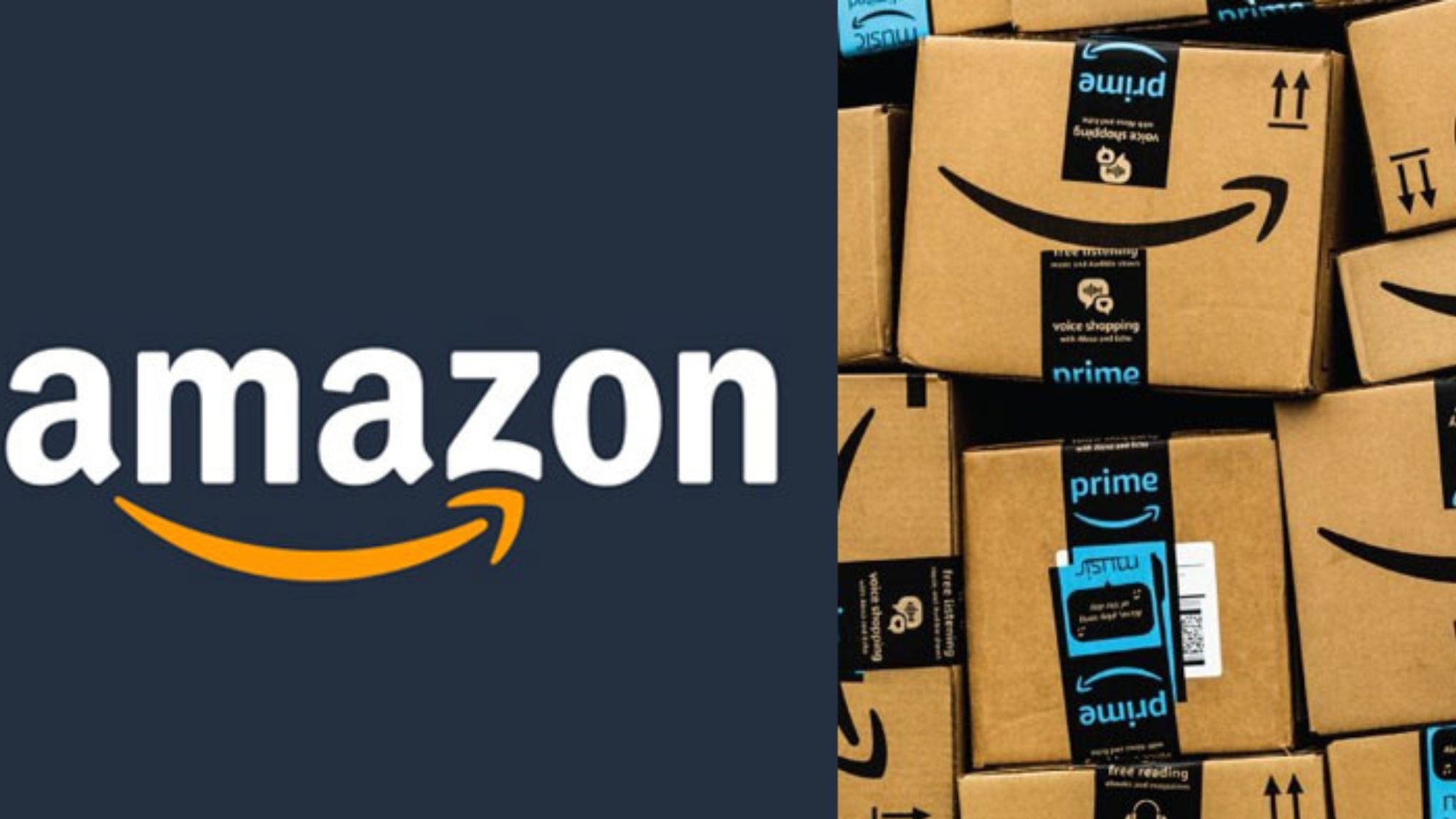
Amazon’s extended four-day Prime Day summer event, held July 8–11, fueled a surge in online shopping, generating $24.1 billion in U.S. e-commerce sales, according to Adobe Analytics. This marks a 30.3 percent increase over last year and surpassed the projected $23.8 billion.
While the event began modestly, sales quickly gained momentum, driven by deep discounts and anticipation of future price hikes due to potential tariffs. Categories that saw especially strong performance included office supplies, electronics, tools, home improvement items, and baby products. Back-to-school essentials and large household purchases also saw notable demand.
Mobile devices accounted for more than half of all transactions, continuing a trend toward convenience-based shopping. Analysts compared the sales volume to two Black Fridays, signaling a shift in seasonal consumer behavior.
Originally launched as a one-day event in 2015, Prime Day has expanded over the years and now sets the pace for a broader wave of competing retail promotions, including Walmart Deal Days and Target Circle Week. As discounting strategies intensify, retailers are weighing the benefits of increased traffic against the risk of narrowing margins and shifting consumer expectations.
This year’s event may mark a turning point in how summer sales seasons are defined.

